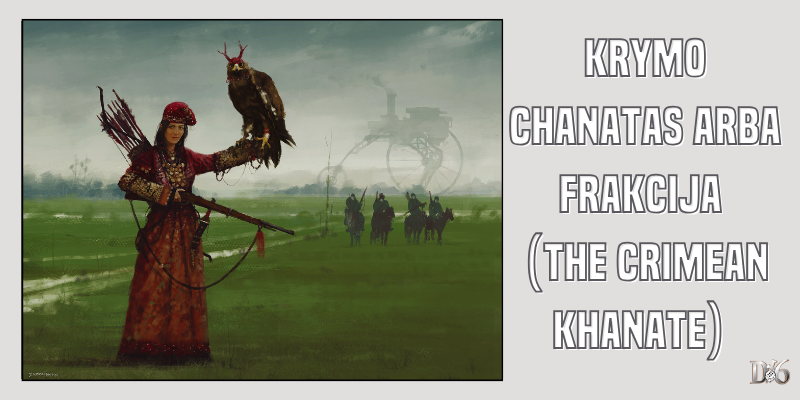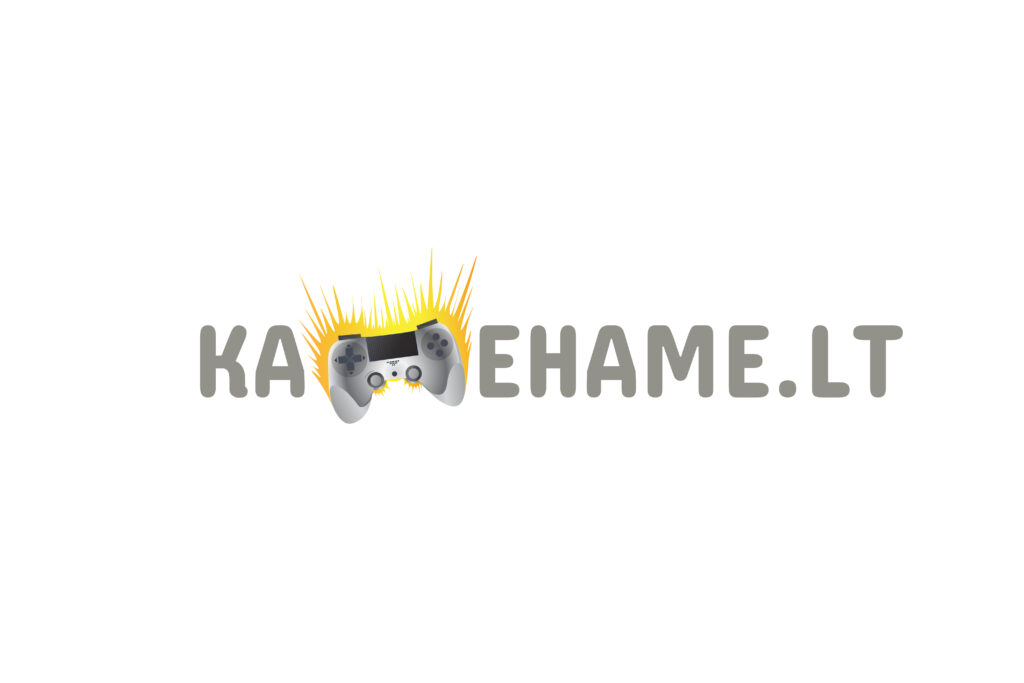The Scythe board game is an alternate history game in which players control one of seven factions fighting for the chance to dominate Europe after the First World War.
Players must manage their factions, develop technology, fight against others and accumulate victory points.
In this review, we'll discuss the purpose of this board game, the rules, the gameplay, the pros and cons, and an introduction to the factions.
Basic facts about the game
Designed for: In 2016
Type: Strategic, mechanical, territorial
Number of players: 1-5 (or up to 7 with extras)
Age of players: from 14 years
Duration: about 90-120 minutes
Complexity: High
Briefly about the game
The aim of the game
The main objective of this board game is to conquer territories and collect points in order to win the game.
Game type
It is a hybrid strategy game that combines elements from Euro and Ameritrash style games.
- Euro style games: Known for dynamic economic management, resource gathering and the mechanics of long-term strategic planning.
- Ameritrash style games: Strong themes, high interactivity and sometimes chaotic events.
In Scythe, we can see elements of the Euro style through resource gathering and control of technology, while Ameritrash is a style that reflects the 1920's European theme, with the ability to fight for control of territories, use weapons and different factions with different play styles.
Pluses and minuses
✅ Engaging
There are many ways to achieve victory. Players can focus on different aspects - building a strong economy, developing an army or expanding territory.
✅ Can be played multiple times
Scythe has many different factions, maps and game modes, so it can be played repeatedly.
✅ Cooperation between players
Players can trade with each other, form alliances and engage in battles.

❌ Complexity and duration
It's a challenging game, especially for new players. The rules can take time to learn.
❌ Takes up a lot of space
The game board is large and can be difficult to play if there is limited space on the table.
❌ Additional accessories
To fully immerse yourself in the world of the game, you need to buy the game's add-ons, which cost extra.
Scythe board game - set

- Game board
- Mats for 5-7 players
- Tables of fractions 5-7
- 80 wooden resource tokens
- 88 cardboard coins
- 8 cardboard multiplier tokens
- 20 character cards
- 40 fight cards
- 40 collision cards
- 1 rule book
- 1 quick reference guide
- 1 achievement sheet
- Lots of cards, tokens and other extras.
Rules
Here are some of the basic rules and game elements:
Factions and game board
Each player chooses one of seven fractionswhich have their own unique strengths and initial resources.

The game board is divided into six sections containing various different resources such as wood, iron, food, etc. At the start of the game, the sections are arranged in random order.
Resources and mechanised units
Players have to collect resources such as wood, iron and food. Physical strength is also important in the game, as it is needed to build buildings, produce weapons and technology, and conquer territory.
In addition, each faction has mechanised units (robots or mechanised mobility vehicles) that can be used for military, territory protection and transport.
Technology
Players develop their faction's technologies, which help them control mechanised units more efficiently, produce better weapons and achieve other important goals.
How to prepare for the game
In the course of preparation, it is important to:
Choice of fraction
At the start of the game, each player chooses one of seven possible factions. Each faction has its own unique strengths, weaknesses and specific gameplay elements.
Setting up the game board
Randomly selected locations in the centre of the board determine which resources and territories you can control. Players place their fighters around the chosen location, forming the initial structure of the game.
Preparation of game elements
All participants receive initial resources and mechanised units according to their factions and territories.
Travel cards and target card
Journey cards are prepared for the opening of territories, and the target card sets the objectives and end conditions of the game.
Placement of workers and fighters
At the start of the game, players are positioned in one of their territories with two workers each, who are used to gather and produce resources.
Scoring
Scoring is an essential part of the game and determines which player wins the game. It constitutes the objective of the game and provides a variety of ways in which players can score points by choosing their strategies accordingly.
Points are collected in the following areas: conquering territories, gathering resources, building factories and developing technology. Players can also earn points for special tasks and victories.
Victory points
Victory points are based on control of territories, advantages, resource resources and progress made throughout the game.
Area control points
Players receive points for the areas they control on the map.
Resource points
These points are awarded to all players for the resources they collect, such as metal, wood, food, etc. Points are important because resources are needed to build new mechanised units, construct buildings and improve technology.
Delivery points
Players can deliver goods from one territory to another and earn delivery points. These points are based on the value of the goods delivered and the distance the goods have travelled to the end user.
Victory conditions
In addition to the main points, the game offers a number of conditions that can be met to earn extra points. For example, reaching a certain level of technology or owning specific buildings.
Game Factions
Each player controls one of seven different unions, kingdoms, khanates or clans.
Republic of Polonia (Poland)

Here are some of the qualities that distinguish the characters of the Polonian Republic from others:
- Trading skills: Their ability to trade with each other makes it easier to get the resources and money they need.
- Diplomatic skills: Gives them a strategic advantage in negotiations and conflict management.
- An alternative history: There are various thematic elements and interesting cultural contexts.
These characteristics make the characters of the Polish Republic interesting and strategically flexible, attracting players with different playing styles and interests.
Saxony (Saxony) Empire

Here are some of the features and characteristics of the Saxon Empire:
- Industrial capacity: It can make it easier to dispose of the necessary productive resources.
- Mechanised army: Soldiers are more prepared for war and have an advantage in combat.
- High Availability: You can prepare for conflicts more quickly and take control of certain areas.
- Geographical advantage: Starts the game close to the central resource zones, so has certain advantages.
Ruthenians (The Rusviet Union)
This group of players has a distinctive character that sets it apart from the others:
- Aggressive style: Reflecting their historical militarism and potential for rapid movement.
- Weapons manufacturing: They can quickly and efficiently produce the weapons needed by the armed forces.

- Aspects of Russian culture: They are distinguished by their cool heads, use of natural resources and strong sense of community.
- Conflict: It can quickly and easily create conflicts, conquer territory and defend its interests.
- A defiant appearance: Uniforms and mechanised units that match their themes.
This faction is the perfect choice for players who like an aggressive style of play, quick strategic attacks and conflict resolution and management.
The Nordic Kingdom

Here are some of the main features and characteristics that characterise the Northern Group:
- Sea power: They can use their vessels more efficiently and more easily to navigate rivers, seas or oceans.
- Commercial advantages: You can make a substantial profit from the resource.
- High production capacity: Sea routes and trade help you better develop your production.
It's the perfect choice for players who love marine themes and adventures set in a cold climate world.
Crimean Khanate (The Crimean Khanate)

Main characteristics and advantages of the participants in the Crimean Khanate:
- Commercial advantage: You can easily exchange resources with your neighbours and reap many benefits.
- Powerful mechanised units: With powerful ships and troops, they can move quickly and control territory.
- Abduction experience: It is characterised by the ability to carry out kidnappings in enemy territories, which is in line with the Khanate's internal convictions and martial experience.
This faction is perfect for players who like colourful and rich characters.
Tokugawa (The Togawa Shogunate)
The Tokugawa represent Japanese samurai culture with their unique code of honour and powerful ships.

The Tokugawa shogunate group stands out from the rest:
- Samurai spirit: They can more easily control conflicts and achieve their goals without violence.
- Exceptional ships: This gives them an advantage in ruling large empires and establishing close trade links.
- Japanese aesthetics: Elements of the style reflect Japanese culture, traditions and art forms.
This faction is the perfect choice for those who like a balanced and tactical style of play.
Clan Albion (The Clan Albion)

The characteristics and traits of this clan are different from those of other factions:
- Powerful characters: Their influence and skills can form complex political alliances or intimidate opponents.
- Nature and mysticism: Characters in this clan have access to the elements, such as darkness or rain.
- Historical context: The Albion clan may be related to historical elements from British or Celtic mythology.
This faction is perfect for players who like to experiment with unique strategies and unique gameplay elements.
Scythe board game - summary
The Scythe board game is a strategic hybrid board game that combines elements from Euro and Ameritrash style games.
Players aim to collect victory points and complete special tasks, accumulate resources, develop technology and mechanised units, and expand control over territories.
The excellent board game Scythe delicately combines economic strategic character development, territory development and peer-to-peer battles, with a thoughtfully designed game structure that gives players a wide range of interesting choices.
What is the purpose of the game❓
To win the game, you need to conquer territories and collect points.
How many people can play a board game❓
The board game is recommended for 1-5 players.
What is the recommended age of players❓
The game is recommended for ages 14 and up.
What is the duration of the game❓
A table game lasts about 90-120 minutes, but can be longer.
What type of game❓
Scythe is a hybrid strategy game that combines elements from Euro and Ameritrash style games.





